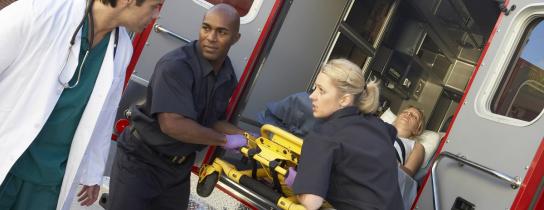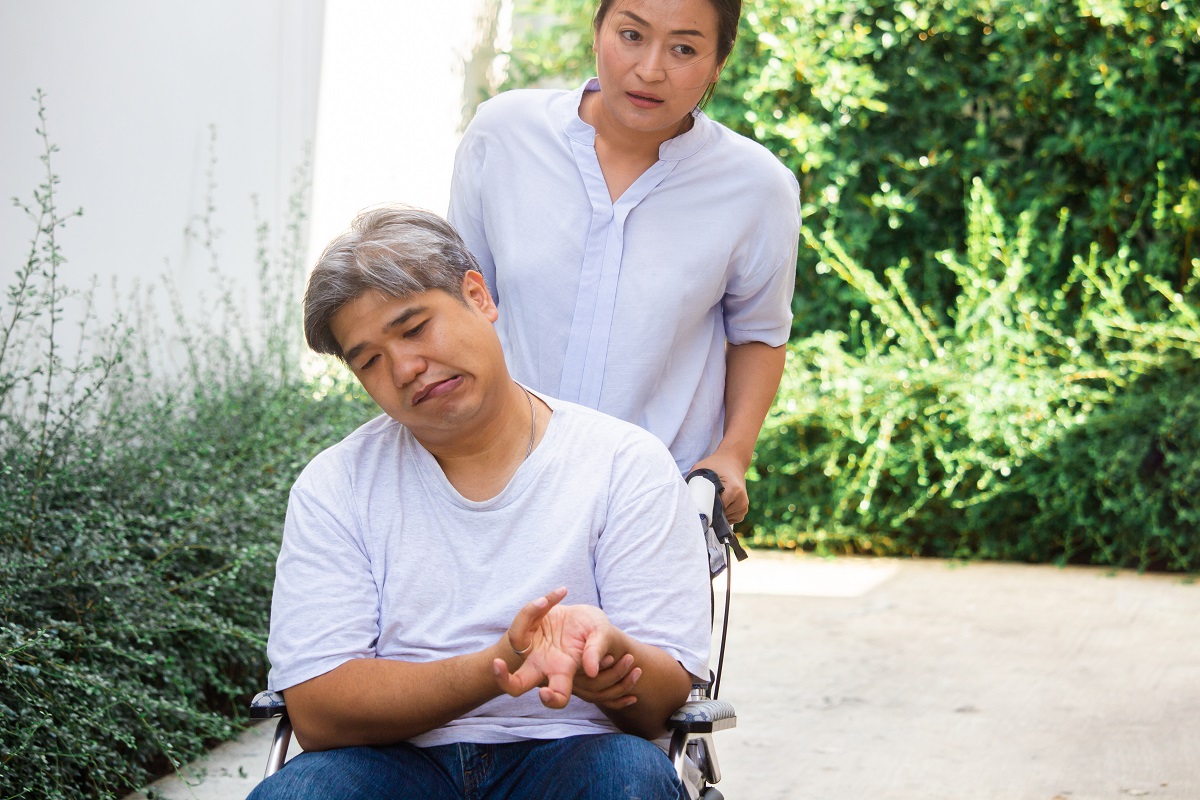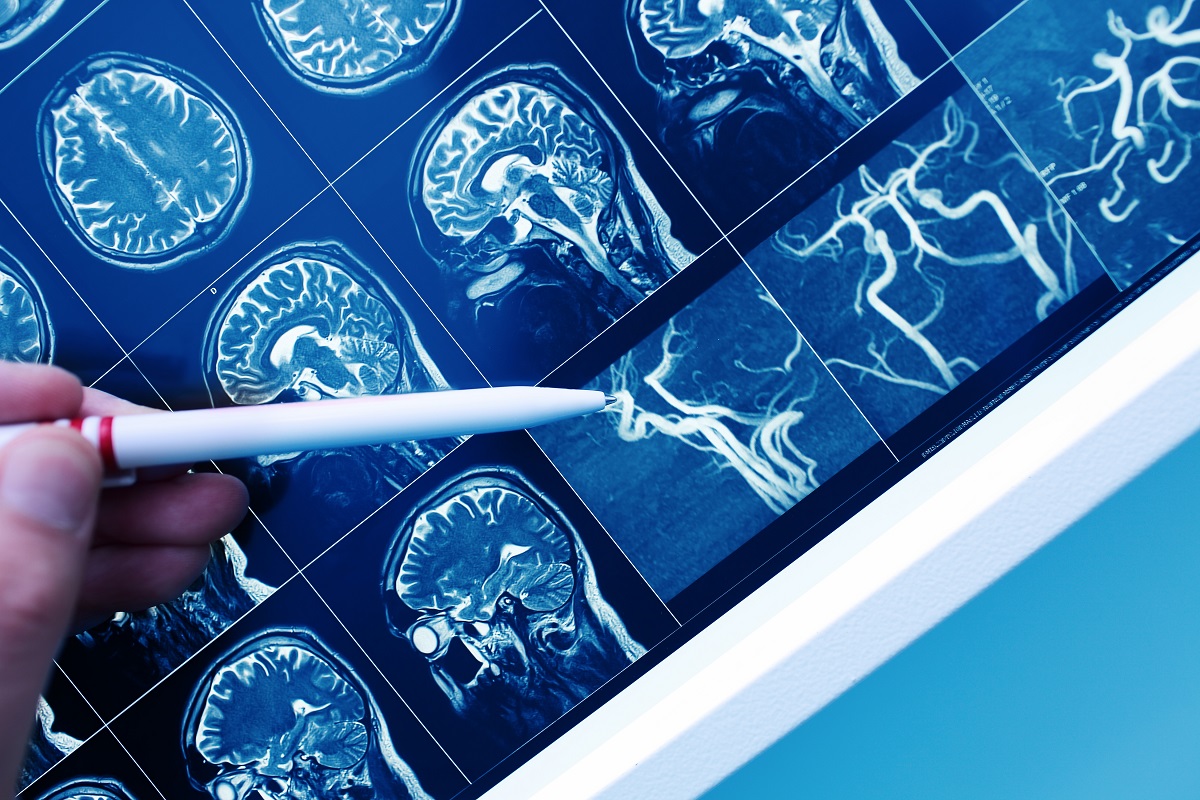
Technology Advancements to Help Treat Stroke Victims
A stroke is the medical name given to a condition in the brain where blood flow is reduced or stopped for a short period of time. When brain cells and tissues cannot get nutrients and oxygen from the blood, they die quickly. Cells can start to degrade in just a few minutes.
Some people call a stroke a “brain attack” since it occurs in the brain. Sometimes the body gives warning signs of an impending stroke and, other times, stokes occur without warning. It is important to seek medical attention immediately, as strokes are considered a medical emergency.
The sooner a stroke can be stabilized and treated, the more likely the person will be able to recover from the side effects caused by a stroke.
Are There Different Types of Strokes?
There are three general types of strokes a person can experience that include:
1. TIA (Transient Ischemic Attack): These are also called “mini-strokes.” Blood flow to the brain is reduced or stopped for less than five minutes. However, the person experiencing a mini stroke can exhibit the symptoms of a regular stroke. In addition, a mini stroke is often a precursor to a major stroke, so medical treatment should be sought immediately.
2. Ischemic Stroke: This type of stroke is the most prevalent—about 87% of all strokes.1 When the blood flow to the brain becomes blocked, as with blood clots, an ischemic stroke can occur.
3. Hemorrhagic Stroke: This type of stroke occurs when arteries in the brain rupture. Some of the brain cells are not getting blood while other brain cells are flooded with blood, which causes excess pressure.
What Are Common Stroke Signs and Symptoms?
There are several different signs and symptoms one needs to be aware of that could indicate a major or mini stroke. The healthcare industry and CDC have developed an acronym to remember the most common signs: F.A.S.T.2
This acronym means:
- F = Face Drooping: If you notice that one side of the face droops when attempting to smile, it could indicate a stroke.
- A = Arm Weakness: If you try to raise both arms and one is difficult to raise and hold in an elevated position, it could indicate a stroke.
- S = Speech Difficulty: If the person is slurring their words or having problems speaking, it could indicate a stroke.
- T = Time to Call 911: If the person is showing any of these symptoms, it is time to call 911.
Other signs and symptoms that could indicate someone is having or had a stroke could include:
- Mobility Issues
- Loss of Balance
- Loss of Coordination
- Dizziness
- Numbness of the Legs, Arms, or Face
- Severe Headache
- Vision Difficulties
- Confusion
- Trouble Comprehending Others
How Common Are Strokes?
Strokes have become more common in recent years. Annually, there are about 795,000 strokes. Out of those, nearly 140,000 people die. Other stroke facts you should know include:
- Strokes occur about every 40 seconds in the United States each day.
- Someone dies of a stroke about every four minutes in the United States.
- Out of the 795,000 strokes annually, roughly 610,000 strokes are first-time strokes.
- About one out of every four strokes is a repeat stroke.
- Strokes are the top cause of disabilities.3
What Are Common Risk Factors for Strokes?
Some of the risk factors for strokes can be controlled while others are simply out of your hands—like genetic factors, sex, and race.
Age is also another risk factor that we cannot control. As we get older, the risk of having a stroke increases after turning 55.
However, there are plenty of other risk factors that can be controlled, and these include:
- High Cholesterol
- High Blood Pressure
- Cardiovascular Disease
- Obesity
- Heavy Alcohol Use
- Binge Drinking
- Using Controlled Substances
- Smoking
- Diabetes
By eating a well-balanced healthy diet, exercising more, reducing sugar intake, controlling alcohol use, not using controlled substances, and quitting smoking, it is possible to reduce the risk of stroke.

What Are the Side Effects of Strokes?
Strokes can cause short-term and long-term side effects, depending on their severity and how soon treatment is sought. The faster treatment is obtained, the quicker blood flow can be restored to the brain.
Some of the most common side effects of strokes include:
1. Memory Loss: Memory loss is common because brain cells die. These cells could contain certain memories. Short-term memory loss is also common.
2. Speech Difficulties: The muscles that allow us to speak can be weakened by a stroke. Some people slur their speech, while others can only make sounds.
3. Comprehension Difficulties: Some people are not able to think, reason, problem-solve, or understand even the simplest of concepts after a stroke.
4. Loss of Muscle Control: Since strokes affect the brain, people can have difficulties controlling their muscles and moving various parts of the body. Often, this side effect only affects one side of the body.
5. Partial Paralysis: Some stroke patients experience partial paralysis of one side of their body where they cannot move it all.
6. Difficulty Eating and Swallowing: If a stroke causes a loss of muscle control in the mouth, it can be hard to eat or swallow.
7. Loss of Independence: Many stroke patients will need help with basic tasks like personal hygiene, grooming, and doing chores.
8. Emotional/Mental Issues: Some people will experience sadness, depression, and other emotional and mental issues following a stroke.
Stroke Prevention
Over the last few decades, stroke prevention has become increasingly more important with advances in science, medicine, and technology. People today also have a better understanding of the importance of eating healthier, exercising more, and making better lifestyle choices.
For instance, someone with high blood pressure can monitor their blood pressure at home. There are also prescription medications that lower blood pressure. By exercising more, losing fat, and watching what you eat, it is possible to reduce your blood pressure so medication is no longer needed.
Diabetes is another medical condition that can be managed more effectively today. Rather than insulin injections, there are also now new medications that can be taken to help manage this condition.
For people who have had mini strokes, there are new medications available that help reduce the risks of having a future major or recurrent mini stroke. Two of the ones doctors may prescribe are anticoagulants and antiplatelet prescription medications.
What Are Some New Technologies Being Used for Stroke Prevention?
One type of technology being used is a wearable smart device. These devices monitor heart rate, blood pressure, and other body readings that can be used to determine if one is at risk for a stroke or potentially could be having a stroke.
Another technology that can be used to help identify potential blood flow problems in the brain is MRI (Magnetic Resonance Imaging). This technology can take a detailed image of the brain, arteries, and blood vessels to determine if there is a risk of a blockage or rupture.

For people who have a stroke, one technology that looks promising at reducing the post-stroke side effects is the use of electrical cell stimulation. By stimulating the cells in the face immediately following a stroke, it helps increase blood flow to the brain.
In addition, electrical nerve stimulation can stimulate the non-injured brain cells to function more efficiently to make up for the brain cells that have died or were damaged. Furthermore, the post-stroke swelling in the brain can be reduced with this technology.
Other technologies are also being developed like a portable CT scan device that can be placed over a patient’s head to check for signs of a stroke, as well as problems with blood flow in the brain.
Stroke Rehabilitation and Technology
Stroke patients frequently require some sort of rehabilitation to restore lost mobility and strengthen muscles—like physical therapy, speech therapy, and so on. In more recent years, the development of stroke rehabilitation technology is also being used to help stroke patients recover faster.
Wearable smart devices, smartphones, tablets, and other assistive technology for stroke patients are being used to aid in recovery. These devices make it easier for stroke patients to communicate. They also allow the use of apps to improve memory and thinking.
Rehabilitation treatment plans are customized to fit the needs of the individual. Treatment plans can include using physical therapy, physiotherapy, nerve stimulators, nerve blockers, medications, BOTOX®, and other injectables.
If you or a loved one have experienced a major or mini stroke, rehabilitation treatment is essential. Please contact Crystal Run Healthcare to schedule an appointment with one of our neurologists in New York by calling 845-703-6999 today!
Sources:

 Optum Radiology at Crystal Run Healthcare
Optum Radiology at Crystal Run Healthcare Request medical records online
Request medical records online